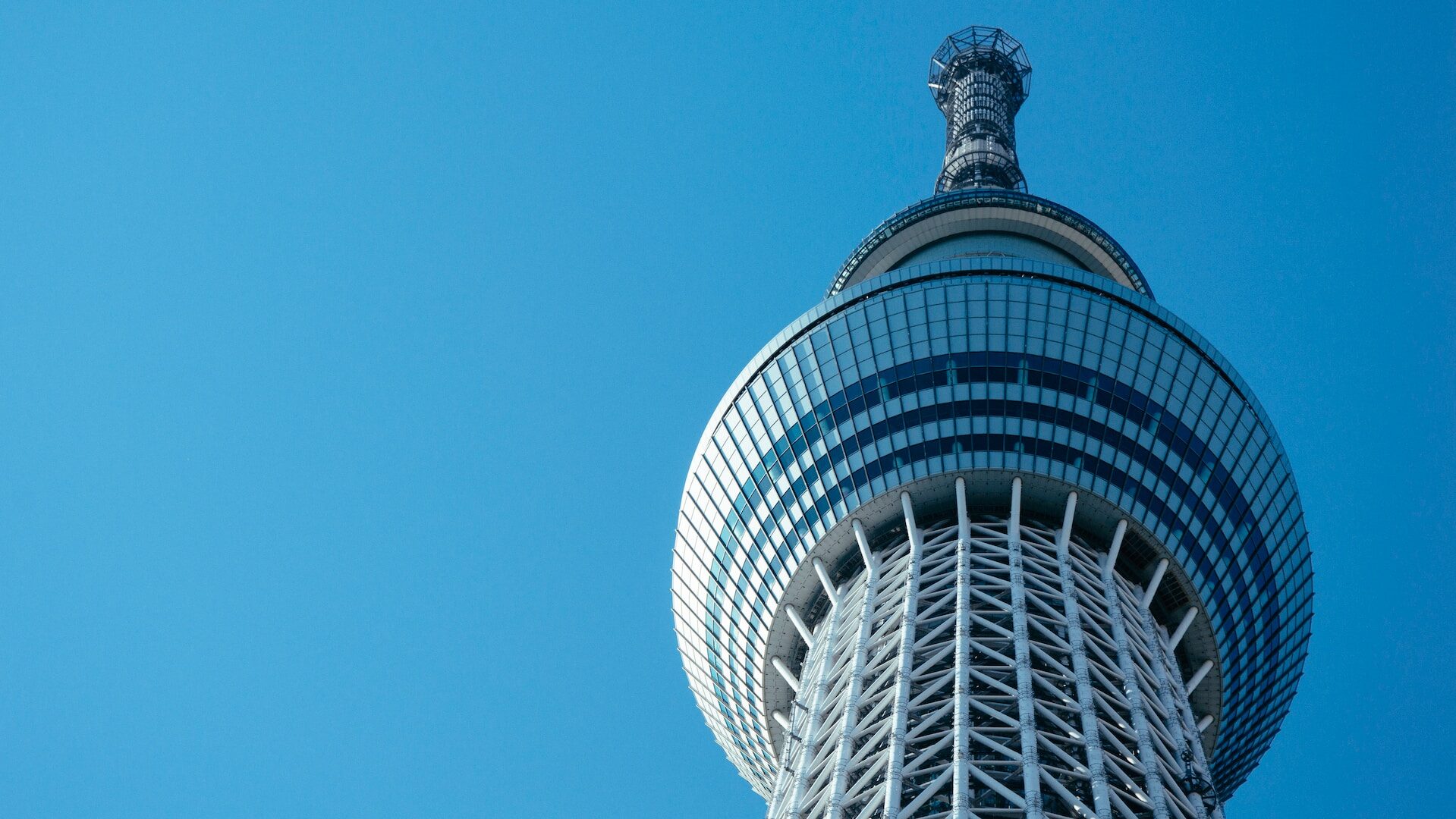H.264 to Displace MPEG Video
A new video encoding method nicknamed the “mammoth Codec” is attracting the attention of engineers in a wide range of equipment development sectors. The primary reason is the high data compression ratio, significantly better than that offered by existing Phase 2 (MPEG-2) or MPEG-4 Visual schemes. Many authorities working on international standards for encoding technology feel that little further improvement can be expected in the compression ratio, making the new technique a trump card that closes out the current series of MPEG-based Codecs, which began with MPEG-1.
Mobile phones, where video photography functions are rapidly becoming standard, will run into the same problem eventually. Resolution, frame speed and other capabilities are pretty much on a par with those of digital cameras, with mobile phones shooting quarter VGA (QVGA) imagery at 320 pixels x 240 pixels and 15 frames/s.
Performance is still rising sharply. Of the FOMA 3G handsets announced on December 18, 2003 by NTT DoCoMo for example, the D900i from Mitsubishi Electric Corp can shoot QVGA imagery at 24 frames/s. A growing number of handsets can be connected to TV sets to view video, and it is likely the demand for higher-fidelity imagery will continue to rise. Full story Here.

